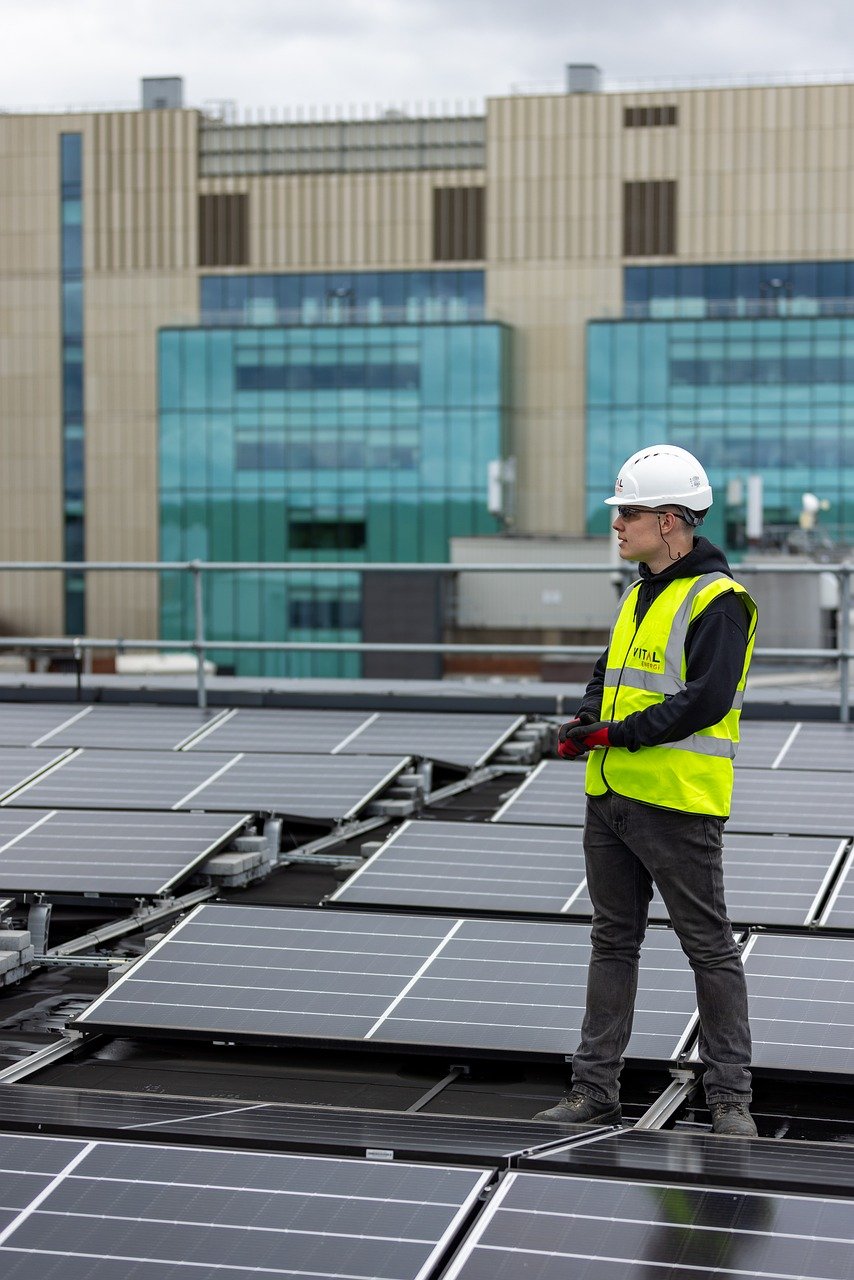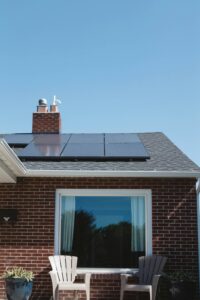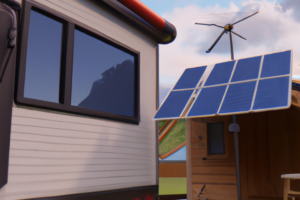Ready to take the plunge into the world of solar energy? If you’ve been contemplating installing solar panels but have been hesitating due to cost concerns, then we have all the information you need. In this article, we will explore the various factors that contribute to the overall cost of solar panel installation. From equipment and labor expenses to government incentives and financing options, we’ll break it all down for you. So, let’s shed some light on how much it really costs to go solar!
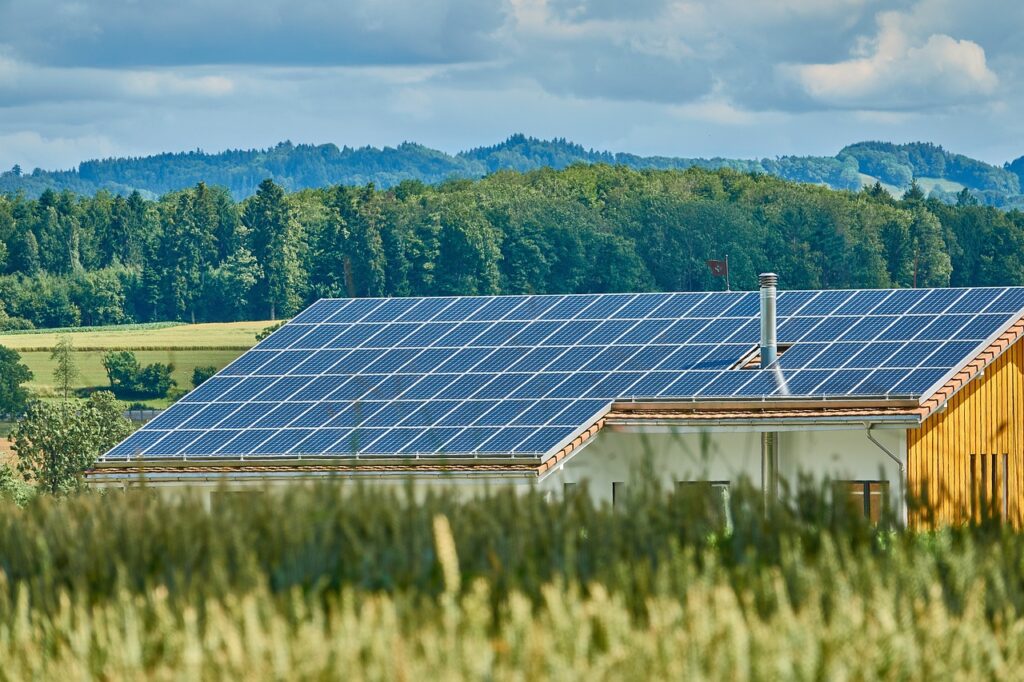
Factors Affecting the Cost of Solar Panel Installation
Size of the Solar System
The size of the solar system is one of the primary factors affecting the cost of solar panel installation. The larger the system, the more solar panels and other components are required, resulting in higher expenses. The size of the system is determined by factors such as the energy needs of the property and the available space for installation. It is important to carefully assess your energy requirements to determine the appropriate size of the solar system and avoid oversizing or undersizing.
Quality of Equipment
The quality of the equipment used in the solar panel system also impacts its cost. High-quality solar panels and inverters tend to be more expensive but offer better efficiency, durability, and performance. While it may be tempting to opt for cheaper equipment to reduce upfront costs, investing in higher-quality components can lead to long-term savings and a more reliable system. When considering the cost, it’s essential to consider the long-term value and performance rather than just the initial price.
Location and Accessibility
Another factor impacting the cost of solar panel installation is the location and accessibility of the property. Properties in remote or hard-to-reach areas may require additional logistical efforts and expenses for transporting the equipment and accessing the installation site. Additionally, the location of the property plays a role in determining the amount of sunlight the solar panels can receive, which affects the system’s energy production and overall efficiency. Therefore, it’s important to consider the location and accessibility when estimating the installation costs.
How Much Does It Cost To Install Solar Panels?
Labor Costs
Labor costs constitute a significant portion of the total installation expenses. The complexity of the installation, the number of solar panels, and the size of the system will all influence the labor costs. Additionally, the experience and expertise of the installers can also impact the price. It is crucial to hire qualified and reputable solar installers who can efficiently and effectively install the system. While labor costs may vary, investing in professional installation ensures a seamless and safe solar panel installation experience.
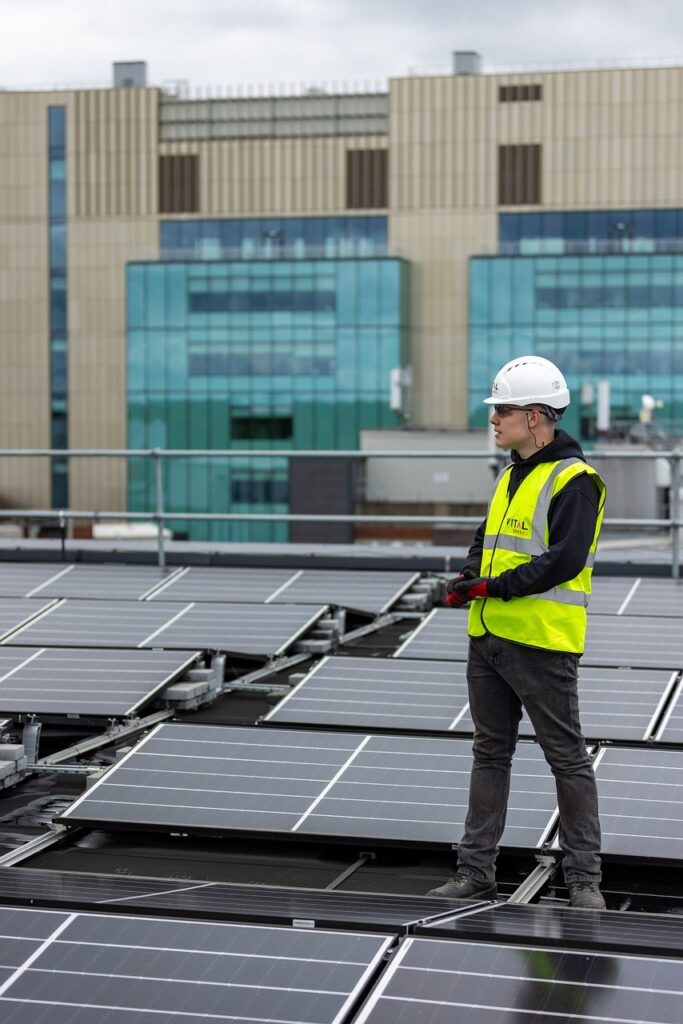
Types of Solar Panel Systems
Grid-Tied Solar System
A grid-tied solar system is the most common and cost-effective type of solar panel system. In this system, solar panels generate electricity that is fed into the local utility grid. As a homeowner, you can benefit from net metering, where excess electricity produced by your solar panels is credited back to you by the utility company. Grid-tied solar systems do not require battery storage and can offset a significant portion of your electricity usage while potentially reducing your monthly utility bills.
Grid-Tied Solar System with Battery Backup
A grid-tied solar system with battery backup provides the same benefits as a standard grid-tied system but includes battery storage. The batteries store excess electricity generated during the day, which can be used during power outages or during periods when the solar panels are not producing electricity, such as at night. While this type of system offers greater energy independence and resilience, it also comes with higher upfront costs due to the additional components and equipment required.
Off-Grid Solar System
An off-grid solar system is designed for properties that are not connected to the utility grid. This type of system requires battery storage as it aims to provide all of the property’s electricity needs independently. Off-grid systems are typically more expensive due to the need for larger battery banks, additional equipment for energy management, and potentially higher installation costs. While off-grid systems offer complete energy independence, they require careful planning and consideration of energy consumption to ensure sufficient power is available.
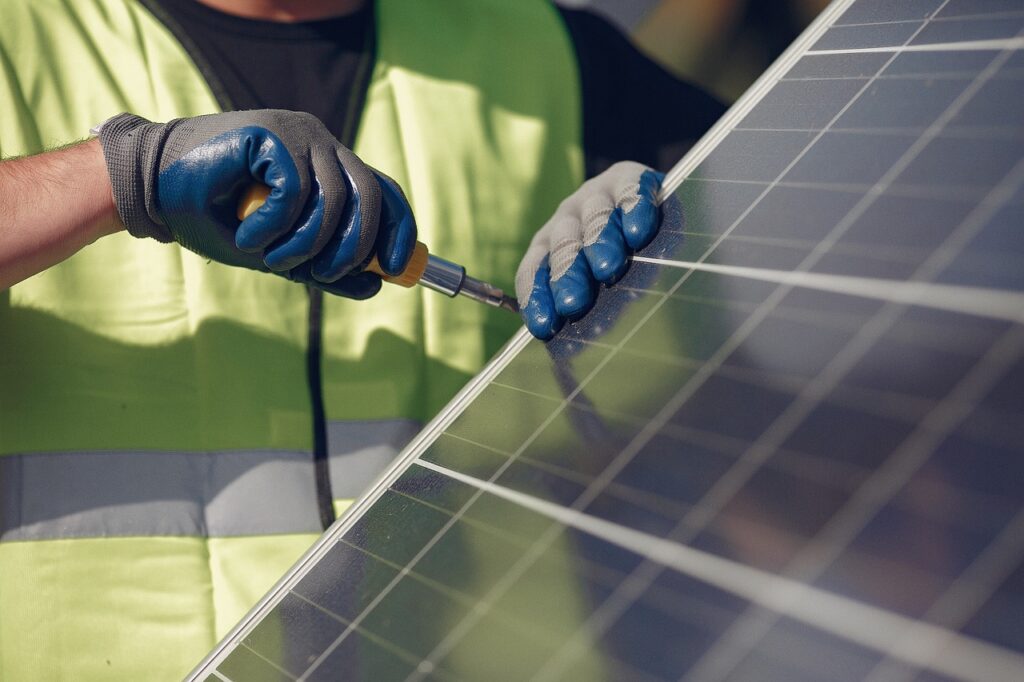
Average Cost of Solar Panel Installation
Installation Cost per Watt
The installation cost per watt is a common metric used to estimate the cost of solar panel installations. It refers to the cost of installation per unit of power generated by the solar panel system. The average installation cost per watt can vary, depending on factors such as the size of the system, quality of equipment, location, labor costs, and additional expenses. On average, the installation cost per watt in the United States ranges from $2.50 to $4.50. However, it’s important to note that these figures are only estimates and can vary significantly depending on individual circumstances.
Cost per Kilowatt-Hour
Another way to evaluate the cost of solar panel installation is by estimating the cost per kilowatt-hour (kWh) of electricity produced by the system. This metric helps determine the financial viability of the solar panel system by comparing the cost of solar-generated electricity to the cost of electricity from the grid. The cost per kWh can vary depending on factors such as the size of the system, installation costs, and local energy prices. In general, solar-generated electricity is expected to be cheaper than grid electricity in the long run, leading to potential savings on utility bills.
Cost per Panel
The cost per panel is another aspect to consider when estimating the total cost of solar panel installation. The cost per panel will vary depending on the size, brand, and quality of the panels. On average, solar panels can range from $150 to $350 per panel. However, it’s important to focus on the overall system cost rather than just the individual panel cost, as the total cost will also include additional equipment, labor, and installation expenses.
Cost per Square Foot
The cost per square foot is a useful metric for estimating installation costs for residential solar panel systems. This metric takes into account the total area required for the installation, including the space utilized by the solar panels and other system components. The cost per square foot can vary depending on factors such as the size of the system, overall installation costs, and specific property characteristics. On average, residential solar panel installations can range from $8 to $12 per square foot.

